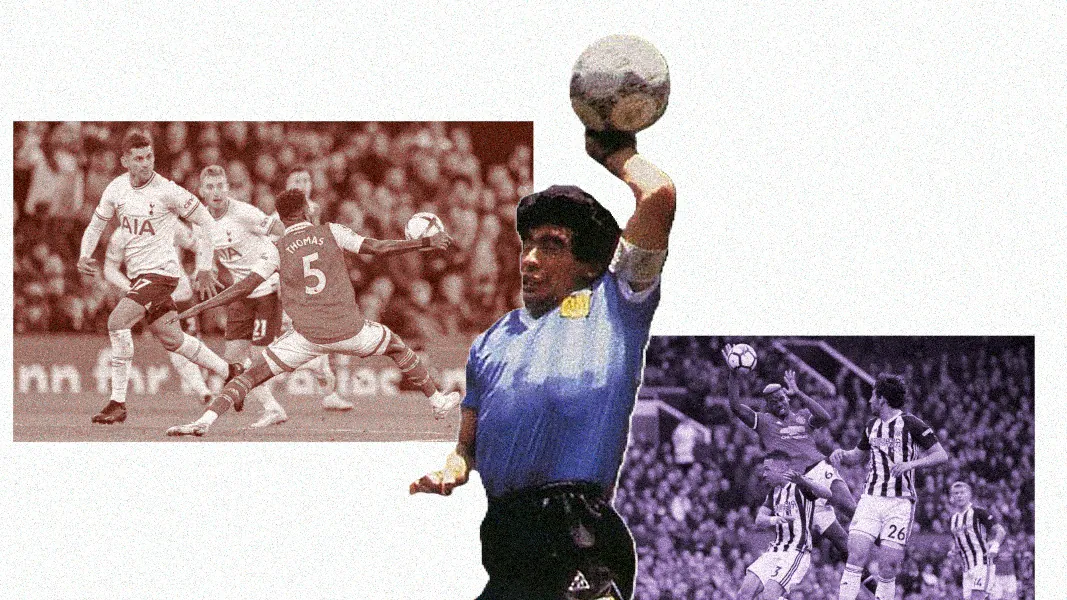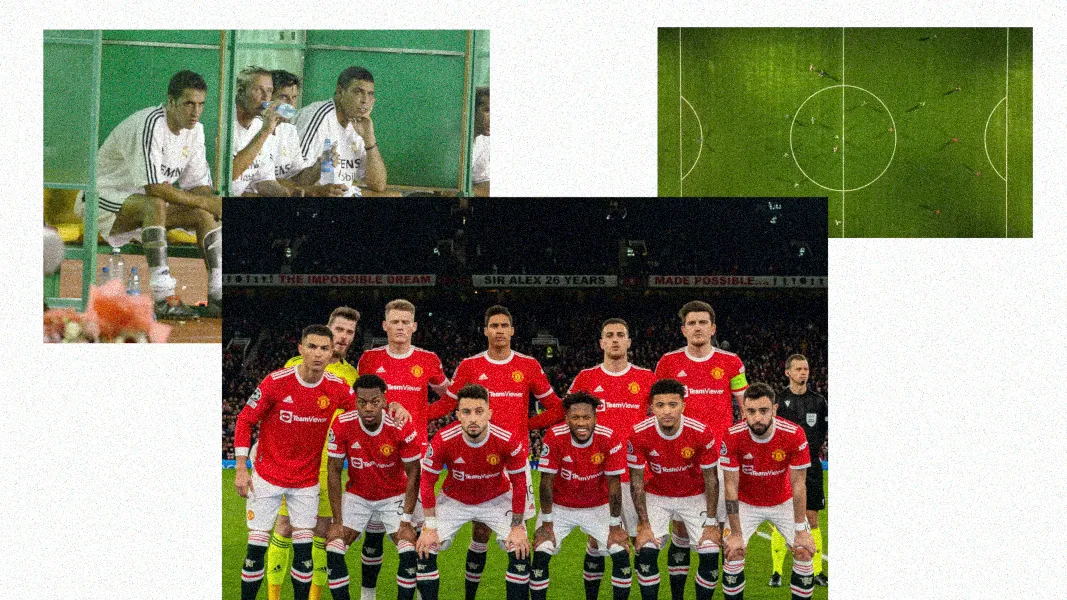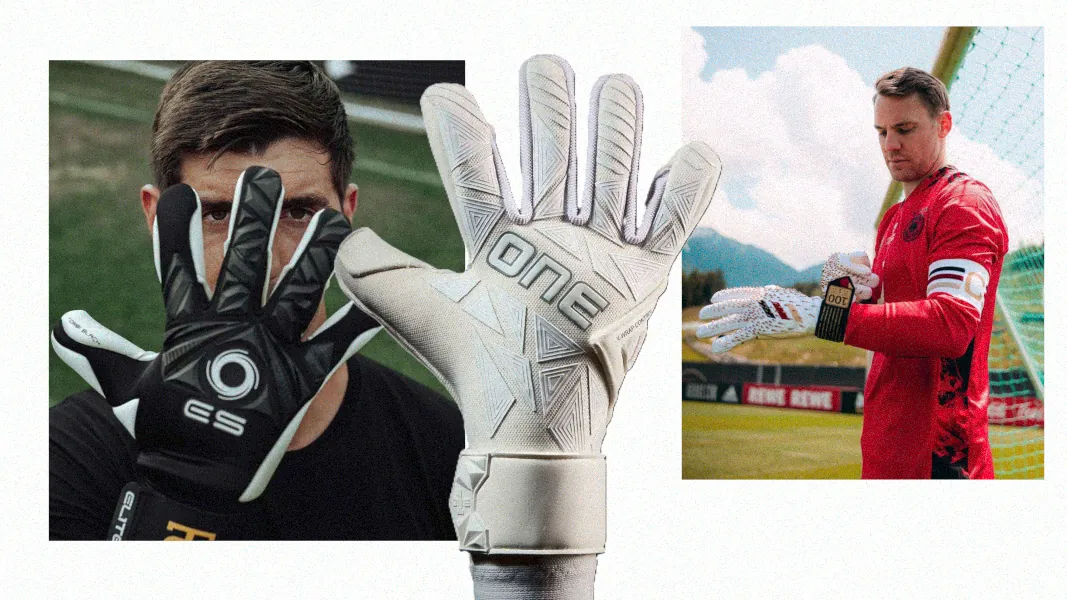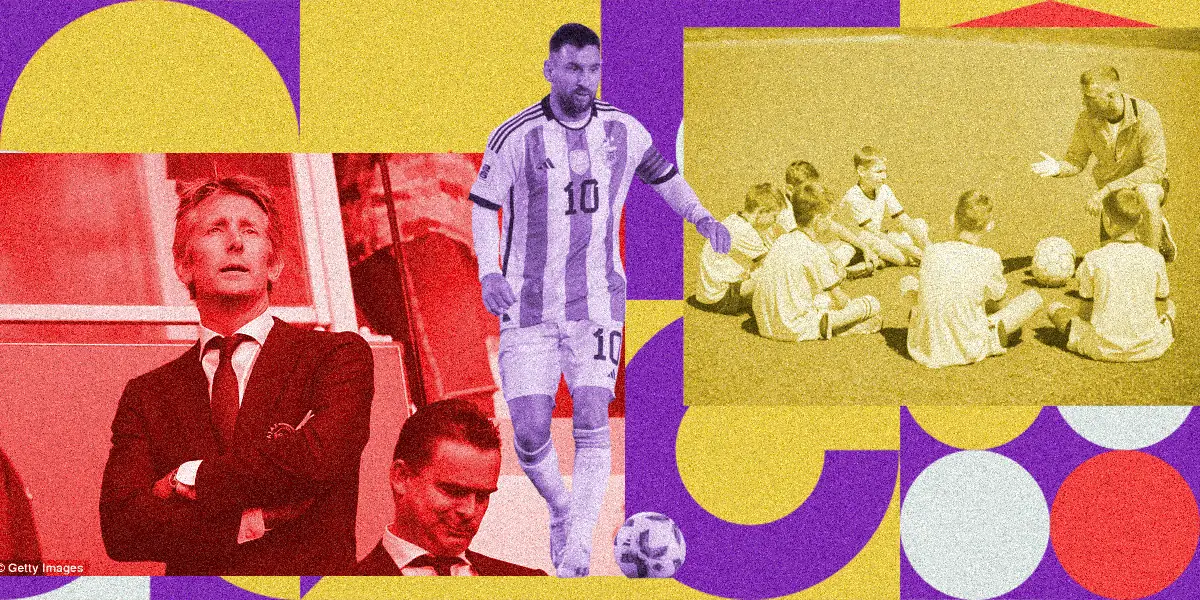In the world of soccer, players often engage in practices that might seem puzzling to the uninitiated observer. One such practice is wrist taping.
So, why do soccer players tape their wrists? The answer lies in the critical role that wrist taping plays in providing support, stability, and injury prevention during the game.
In this article, we’ll dive into the reasons behind this seemingly curious practice and explore how it enhances players’ performance and safeguards their well-being on the field.
The Functional Aspects of Wrist Taping
Wrist taping in soccer serves essential functions that directly impact players’ game performance and safety.
1. Support and Stability Enhancement
Soccer players tape their wrists to add crucial support and stability. The tape acts like a reliable partner, assisting the wrist joint during rapid movements and sudden changes in direction. This extra reinforcement helps prevent excessive bending or twisting that could lead to injury.
2. Injury Prevention Strategies
Wrist taping acts as a shield against minor injuries. In a sport filled with dynamic tackles, unexpected falls, and collisions, players rely on taped wrists to reduce the risk of sprains and strains. The tape acts as a protective barrier, minimizing the impact of these potential hazards.
3. Post-Injury Protection and Confidence Boost
For players who’ve experienced wrist injuries before, taping provides added protection. It instills a sense of confidence, allowing them to perform without worrying about re-injury. Taped wrists offer both physical and mental assurance, enabling players to focus fully on the game.
The Therapeutic Elements of Wrist Taping
Wrist taping in soccer offers more than just physical support—it brings therapeutic benefits to players.
1. Swelling Reduction and Compression
Taped wrists provide a gentle squeeze that helps control swelling and inflammation. This compression aids in managing discomfort caused by minor injuries or strain. The tape acts like a soothing embrace, promoting recovery and allowing players to keep their focus on the game.
2. Psychological Comfort and Performance Enhancement
Taped wrists hold a psychological significance for some players. They create a sense of comfort and familiarity for players, boosting their mental readiness.
For some players, this ritualistic practice cultivates a pre-game routine that enhances concentration, giving players the mental edge they need to excel.
Successful players like Luis Suarez, Karim Benzema and Neymar Jr. continued to use wrist tapes without any medical needs rather than part of their psyche before the match.
Luis Suarez, in an interview with Onda Cero, revealed his wrist taping practice rooted in superstition. The origin traces back to a minor fracture in his right hand, leading to a bandage application for support.
Despite recovery, Suarez continued wearing the bandage, which also concealed a red ribbon due to Premier League accessory restrictions. This unconventional combination became a cherished tradition, enduring even with a switch to long sleeve shirts.
Different Approaches to Wrist Taping
1. Taping
Preparation: Before starting, it’s important to prepare the wrist area. Clean and dry the skin thoroughly. This ensures that the tape adheres well and avoids any discomfort.
Anchoring: Begin the taping process by creating a stable anchor strip. Place this strip just below the wrist joint. The anchor provides a secure base for the rest of the taping procedure.
Wrapping: Gently wrap the tape around the wrist in overlapping layers. This wrapping technique provides the necessary support to the wrist joint. The overlapping layers contribute to the tape’s durability and effectiveness.
Support: While wrapping, pay special attention to areas that require extra support. These might include the joint itself or specific muscles that need reinforcement. By focusing on these areas, you enhance the overall stability of the wrist.
Flexibility: As you tape, ensure that the tape allows for natural movement of the wrist. Flexibility is crucial to maintaining players’ agility and performance. While providing reinforcement, the tape should not hinder the wrist’s range of motion.
2. Alternatives to Traditional Taping
Sure, here’s the information you provided converted into non-bullet pointed paragraphs:
Wristbands
Elastic wristbands are designed to provide gentle support while being conveniently wearable. They are suitable for players who require mild assistance in maintaining joint stability.
Compression Sleeves
Compression sleeves are crafted to fit snugly around the joint area, offering graduated compression. This design aims to enhance joint stability, making them a suitable option for players seeking a higher level of support during physical activities.
Ensuring Safety and Effectiveness
While wrist taping can be advantageous, ensuring its safety and effectiveness requires careful consideration.
When and How
It is recommended to consult a sports physician or athletic trainer prior to using taping as a support method. Professionals can conduct an individual assessment to determine whether taping is required based on the player’s specific condition. Learning the proper taping technique is crucial to prevent incorrect application, which could potentially result in complications.
Collaboration Between Players, Coaches, and Medical Experts
Encouraging open communication is essential, as players should promptly express any discomfort or concerns while undergoing taping.
Coaches play a crucial role in ensuring proper taping procedures and overseeing its correct application, while medical experts provide essential oversight, monitoring progress, and making necessary adjustments to taping strategies for optimal results.
FAQs
No, wrist taping is not mandatory for all players. It’s a personal choice based on individual needs, previous injuries, and preferences.
While wrist taping provides added support and protection, it cannot completely eliminate the risk of injuries. It reduces the likelihood of certain types of injuries but doesn’t guarantee absolute prevention.
The frequency of reapplying wrist tape depends on factors like player activity, weather conditions, and personal comfort. It’s common to re-tape during halftime or when tape becomes loose or uncomfortable.
Yes, goalkeepers might use different taping techniques to accommodate their unique movements and needs. Goalkeepers often prioritize wrist flexibility while maintaining stability.
Yes, even players without a history of wrist injuries can benefit from taping. It provides extra support and psychological comfort, which may enhance overall performance and reduce the risk of future injuries.












